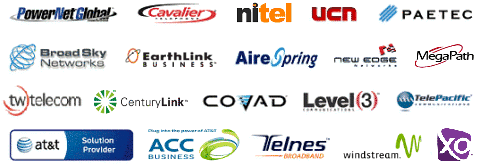The Case for Cloud Computing
In the setting of enterprise software programs, the available implementations have usually been very complex and costly. They require a corporation in Hocking to spend heavily on capital expenditure to establish an in-house data center with offices, environmental controls, electrical power, dedicated servers, storage disks, and network capacity. In addition to all this expensive computing equipment is the need for a complicated software stack for the application. Even after the software has been written, you will also must have a team of professionals to set up, configure, and execute the software. But that was before the development of cloud computing.
Cloud computing is a technology that makes use of the internet and centralized remote servers to manage data and applications. Cloud computing enables clients and industries to make use of applications without installation and access their personal files at any computing device with internet access. This technology allows considerably more economical computing by centralizing storage, processing, memory, and bandwidth.
Cloud computing is so efficient and low-cost that a much revered investment research blog has just dubbed it the "$59 computer." Of course there is not in fact an actual piece of hardware called the $59 computer -- it is simply a generic term to refer to the general idea of cloud computing being so inexpensive that making use of it can reduce your company's processing expenses to the level where your overall costs would be like to spending only $59 per computer end user.
One vital fact that quite a few IT departments overlook or underestimate is the T1 Line Bandwidth requirements for carrying out cloud computing. In one case study, the chief information director of a insurance firm said he had to boost the company's network power by a factor of five when they moved to another vendor's cloud computing solution. This is not a rule of thumb for every person, but it's a great case of what one organization implemented. If you are preparing to migrate to a cloud computing strategy, do yourself a favor by first discussing your bandwidth requirements with an independent T1 line consultant who can provide you all your available alternatives such as 10 Gig Ethernet service.
We connect you with Ohio T1 Speed. This page is a quick list of the products specifically offered by T1Market in Hocking.
As we go forward, our objective is to regularly enhance our product offerings. We now offer business items typically used by bigger companies, namely: fiber ethernet, MPLS network service, OC3, and cloud computing bandwidth delivered over a fiber optic backbone. Several of our carriers even provide cost-free managed Cisco routers for multi-year contracts. Primarily, our objective is to build a bond with you - our client - that will last for years to come. Obtaining your trust is just what we do here. Saving you cash on economical Ethernet services is how we keep it.


